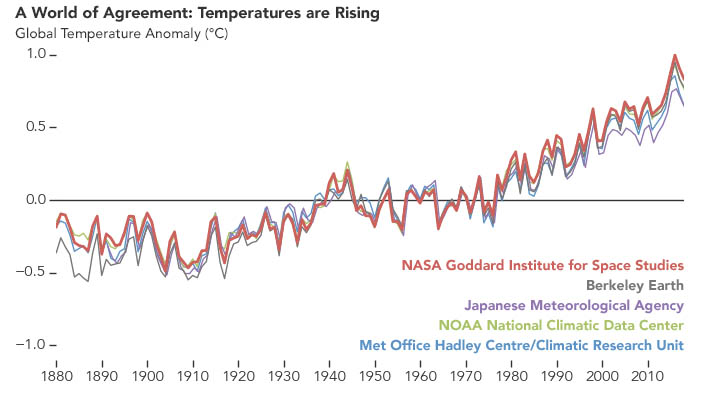June 2024: The World’s Hottest Month — EU
According to the EU’s climate monitor, June of last year was the hottest on record worldwide, culminating six months of extreme and damaging weather that included heatwaves and floods.
According to the Copernicus Climate Change Service (C3S), there has been an unprecedented 13 months of global heat, with every month since June 2023 surpassing its own temperature record.
“This indicates a significant and ongoing change in our environment and goes beyond a random statistical anomaly,” Carlo Buontempo, the director of services, stated.
“New records are sure to be broken as the climate continues to rise, even if this particular series of extremes breaks at some point.”
According to him, this was “inevitable” as long as people continued to release gasses that trap heat into the atmosphere.
The previous June record established in 2023 was surpassed by the global average temperature recorded last month.
At the halfway point of a year characterized by harsh weather, the new high was reached.
In the first half of this year, the world has been engulfed in a sea of heat, spanning from Saudi Arabia, the United States, and Mexico to India.
Intense downpours, which experts have also connected to global warming, have resulted in widespread flooding in Kenya, China, Brazil, Afghanistan, Russia, and France.
Greece and Canada have experienced wildfires, and last week, storm Beryl made history by becoming the first-ever category five Atlantic storm to strike multiple Caribbean islands.
Oceans that are warmer
El Nino, a natural occurrence that contributes to hotter weather worldwide, coincided with the run of record-breaking temperatures, according to Julien Nicolas, a senior scientist at C3S.
“That was not the only factor, but it was one of the factors behind the temperature records,” he said to AFP.
There have also been record highs in ocean temperatures.
The rising global temperatures were additionally exacerbated by record sea surface temperatures in the Atlantic, Northern Pacific, and Indian Ocean.
In June, sea surface temperatures reached an additional record: 15 months in a row of record highs, a phenomenon Nicolas called “striking.”
Seventy percent of Earth’s surface is made up of seas, which also absorb ninety percent of the excess heat brought on by increasing emissions that warm the planet.
That being said, a cooling period known as La Nina is going to arrive on Earth.
Nicolas stated, “We can anticipate a tapering down of the global (air) temperature in the coming months.”
“2024 may end up being warmer than 2023 if these record (sea surface) temperatures hold true even as La Nina conditions emerge. However, it’s too soon to say,” he continued.
According to Copernicus, the average global air temperature in the 12 months leading up to June 2024 was 1.64C higher than pre-industrial levels, making it the highest in the data record.
This does not imply that the 1.5C warming target, which was set by 196 nations in Paris in 2015, has been exceeded because the target is expressed in decades rather than years.
However, Copernicus predicted last month that during the following five years, there was an 80% possibility that the average yearly temperature on Earth would at least momentarily surpass 1.5C.
AFP



